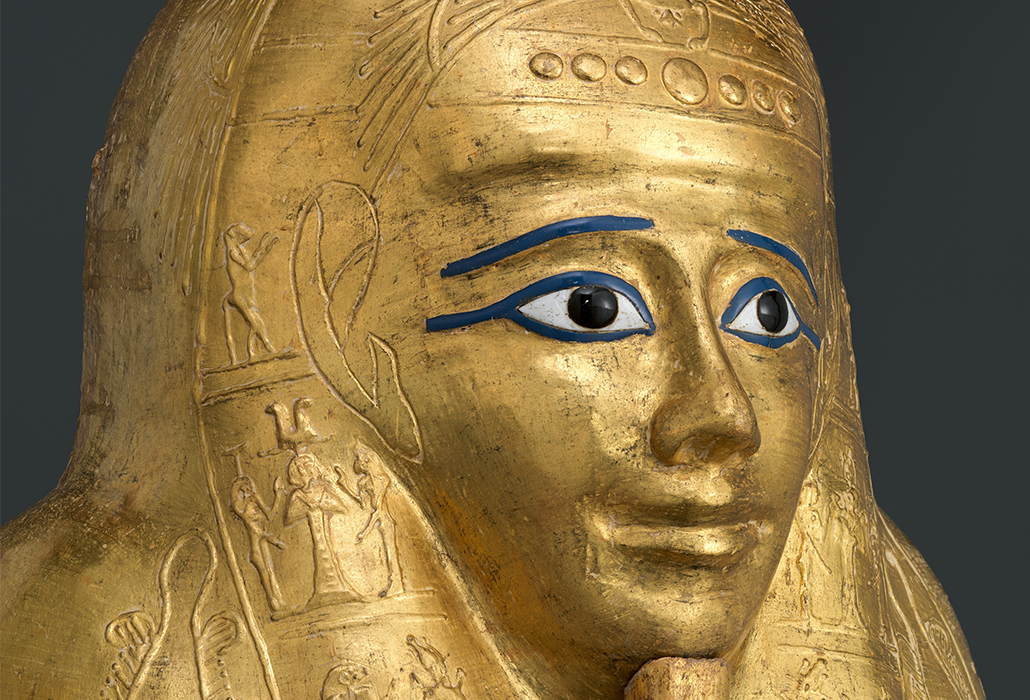According to the Metropolitan museum of art – New York’s highly reputed and popular tourist site- has announced that it will be returning a prized gilded coffin of an ancient high priest to Egypt. The MET issued a press released on February 15 where it announced that Nedjmankh’s funerary object, discovered to have been looted from Egypt in 2011, was to be handed over to the Egyptian government. Having been made aware of the looted status of the coffin, the museum stated that it has been ”fully cooperative with the investigation of the [Manhanttan] District Attorney’s Office.” The gilded coffin was purchased by the MET in July 2017; it cost almost $US 4 million. Museum officials realized that documentation pertaining to the coffin’s ownership and history were forged, including a forged export license dating to 1971. “After we learned that the Museum was a victim of fraud and unwittingly participated in the illegal trade of antiquities, we worked with the DA’s office for its return to Egypt. The nation of Egypt has been a strong partner of the Museum’s for over a century,” stated Met’s President and CEO, Daniel Weiss….



